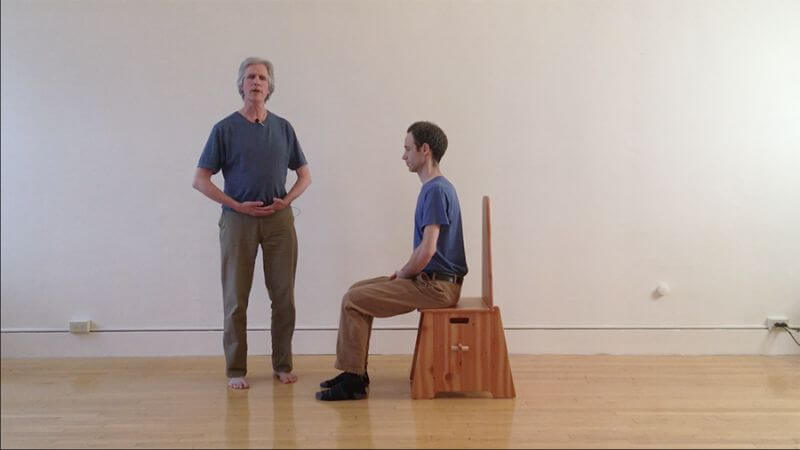Meditation and Mindfulness to boost testosterone – who would ever think? In this article, Gareth Lovell discusses the benefits of meditation and how it can boost your health.
Link Between Meditation and Testosterone
Research has proven that with as little as 20 minutes of meditation per day, levels of cortisol (the stress hormone that degrades muscle tissue) can lower, which indirectly boosts your testosterone and growth hormone levels. This, in turn, makes muscle building easier and allows for a shorter recovery time after exercise.
For years, scientists have shown how cortisol is the one chemical where less is better. Too much of it lingering around in the system will interfere with the body’s natural ability to heal by hampering the immune system, stripping away bone density, and increasing weight gain, blood pressure, and cholesterol.
Prolonged exposure to cortisol has a major age-accelerating effect on the body. Its major catalyst is stress – too much of it. Stress, in the right quantity, is a very normal response – a natural product of our evolution.
But chronic stress, the stress that 1 in 4 adults in the UK are reported to suffer with, serves very little use other than to wreck the body. With the pace of life being what it is today, along with modern-day technology, the borders between work/life have become increasingly blurred. For many, a 40-hour week has become a 24/7 ordeal resulting in a perpetual state of hyperarousal.
Can you imagine how a cortisol-flooded, stressed-out body reacts when food is consumed or trained upon? With the parasympathetic nervous system suppressed (the part of the nervous system responsible for maintaining the body’s homeostasis, along with the rest-and-digest response) both digestion and absorption are compromised.
This is why indigestion, ulcers, and irritable bowel syndrome are more common during stressful times. Although exercise is a great way to help alleviate mental stress, if it is not mindfully measured, exercise can become a double-edged sword, since most forms of exercise produce additional stress within the body.
Benefits of Meditation and Mindfulness
Luckily, scientists have revealed a very powerful solution to all of this. One that requires very little other than a chair, the use of the breath, and a little bit of patience.
It’s the practice of meditation, which has been proven to have a very powerful influence on cortisol levels in the body. In fact, a study by a Rutgers University doctor discovered that meditators on average have nearly a 50% reduction in cortisol levels compared to non-meditators.
And, what is even more impressive, is that the results can be seen within a couple of weeks. Incorporating meditation after a workout is a great idea – not only will it help to reduce any exercise-induced cortisol, but it will allow for testosterone and post-workout protein synthesis to be elevated.
Best meditation practice
The trick to meditating on a chair is to ensure that your buttocks are somewhat higher than your knees. This tilts your pelvis forward and will help to keep your back nice and straight.
Ensure that your feet are flat on the ground, and your knees bent at 90 degrees. With your hands, you can either have them on your thighs or folded in your lap. Relax your shoulders and, if at all possible, sit on the edge of the chair with your head aligned over your spine. If your spine needs additional support, feel free to put a cushion behind your back.
Conclusion
When starting with Meditation and Mindfulness, it can be beneficial to follow a guided audio. At Protocol8 you will find three progressive meditation audios, which will help you to settle into the practice quickly.
It is recommended that you start with ‘counting the breath meditation’ once or twice a day for two weeks, before moving on to ‘following the breath’ for two weeks, and then ending with ‘practice of presence’.




